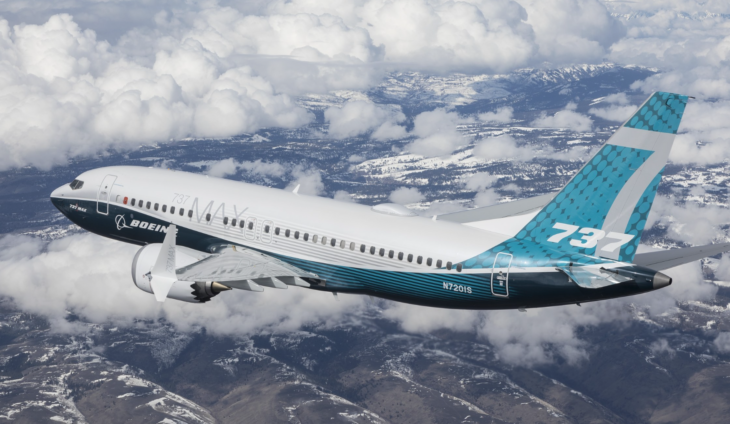The airline industry is considered the safest mode of transportation in the world. The industry has extremely high standards and is heavily regulated by authorities. Over the past few decades, aircraft have become extreme complex machines to not only improve safety but increase efficiency.
The basic design of the Boeing 737 has been around for over four decades with changes to various aspects. Thanks to improved technology, new aircraft function with advanced systems for most flight operations. However, with so much being handled by computers that receive limited input from humans, the information the systems receive must be correct.

Per AP News,
Boeing will make standard on its troubled new airliner a safety feature that might have helped the crew of a jet that crashed shortly after takeoff last year in Indonesia, killing everyone on board.
The equipment, which had been offered as an option, alerts pilots of faulty information from key sensors. It will now be included on every 737 Max as part of changes that Boeing is rushing to complete on the jets by early next week, according to two people familiar with the changes.
The people spoke on condition of anonymity because Boeing and federal regulators are still discussing details of the upgrade to the Max fleet, which was grounded worldwide after a second deadly crash this month in Ethiopia.
Tragically two recently delivered Boeing 737 MAX-8 aircraft have crashed in the past five months. The investigations for both crashes, Lion Air Flight 610 and Flight 409 are still ongoing with no final report.
Previously, Boeing 737 MAX aircraft featured an optional system that would notify pilots when a critical sensor is not functioning properly. With so many flight systems using inputs from sensors on the aircraft, it’s important that pilots are informed of a system’s status.
The Boeing 737 MAX-8 aircraft in each crash did not have the optional safety feature that Boeing intends to now include on all MAX aircraft. The specific sensor that investigators are looking into is whether the plane is pointed up, down, or level in respect to the direction of airflow.
With the Maneuvering Characteristics Augmentation System (MCAS), the software will automatically push the aircraft’s nose down without any input from the pilot. This system is only on the MAX versions of the Boeing 737 because of design constraints from the engine position on the airframe. In certain scenarios, faulty data from a sensor can trigger the plane to behave in a disastrous manner.
Additionally, there is an available information display that provides the aircraft’s angle of attack (AOA) either through a digital flight screen (modern aircraft) or a gauge (older aircraft). This allows pilots to know if the nose is pointed up, down, or level when flying. Providing useful information to pilots is critical for the safe operation of modern aircraft. The 737 MAX-8 that crashed did not feature this display, however it is not a requirement.


Why wasn’t this standard in the first place? That’s just insane and irresponsible not to have it standard on every aircraft
How costly was it to install? I am guessing it is a simple check of two sensor matching. So it cannot be that costly for Boeing. Then how much was Boeing charging for the option?